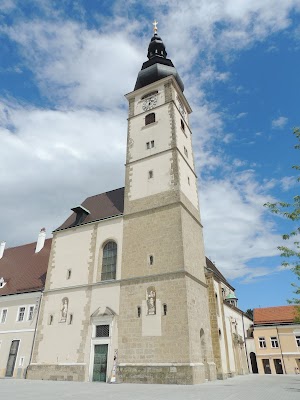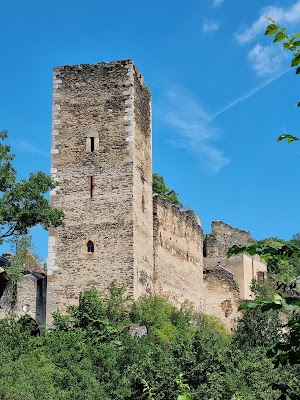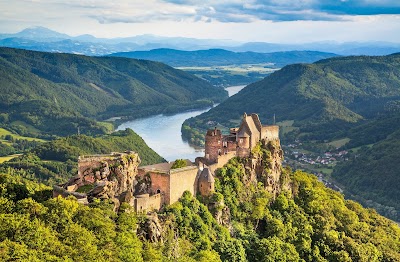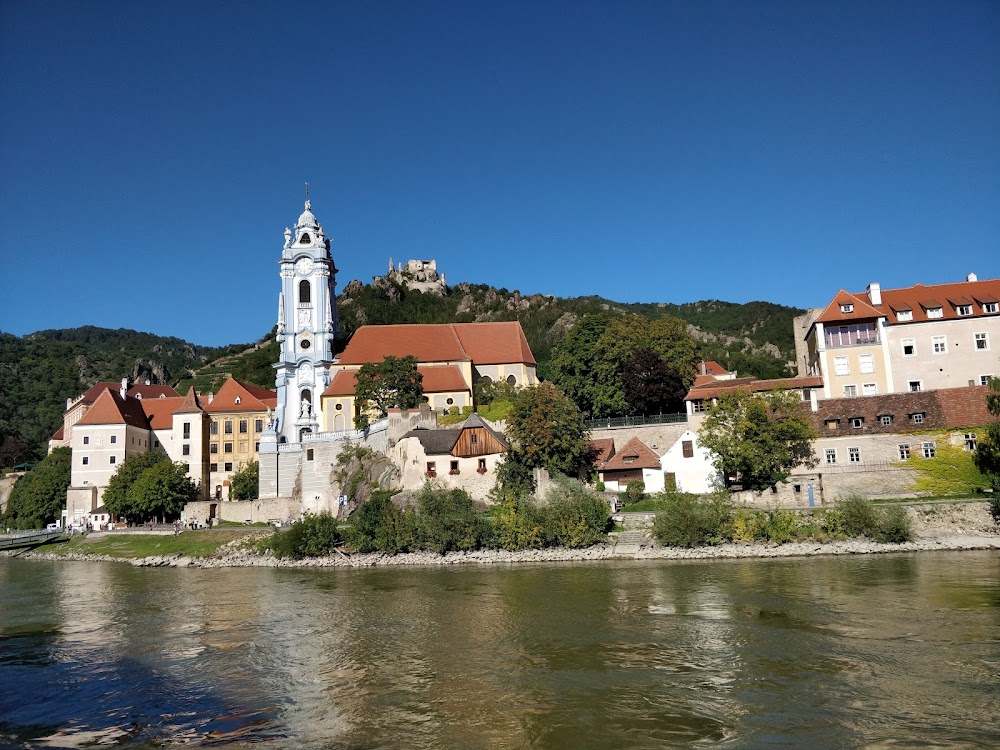Herzogenburg Monastery (Stift Herzogenburg)
Overview
Herzogenburg Monastery, located in the charming town of Herzogenburg in Lower Austria, stands as a remarkable testament to centuries of religious devotion and architectural evolution. Inhabited by the Augustinian Canons, this monastery boasts a storied past that speaks to both spiritual commitment and artistic achievement.
Historical Origins
The origins of Herzogenburg Monastery date back to 1112 when it was founded by Augustinian Canons from the nearby city of Passau. This founding gesture aimed to spread religious and educational endeavors throughout the region. Initially, the monastery was a modest structure, constructed primarily of wood and simple stone. However, as the community flourished, the monastery underwent significant expansion and fortification over time.
Architectural Transformations
A pivotal transformation occurred in the late 13th century when the original wooden structure was replaced by more durable and grandiose stone buildings. The Gothic style became prominent during this period, featuring pointed arches, ribbed vaults, and flying buttresses. These enhancements not only enriched the monastery's aesthetic appeal but also bolstered its stability, allowing it to accommodate a growing number of canons.
Fast forward to the 18th century, when the monastery underwent another major renovation, this time embracing the Baroque style. Guided by the renowned architect Jakob Prandtauer—who also worked on Melk Abbey—the monastery was transformed into a Baroque masterpiece. This era saw the construction of the church, the main cloister, and a magnificent library. The church's ornate high altar, adorned with intricate carvings and gold leaf, became a focal point of worship and beauty.
Library Treasures
One of the most remarkable features of Herzogenburg Monastery is its extensive library. Housing a priceless collection of manuscripts, incunabula, and early printed books, the library is a treasure trove for historians and scholars alike. The ceiling is adorned with frescoes depicting allegories of wisdom and knowledge, painted by the talented artist Daniel Gran. These stunning frescoes, combined with the library's extensive wooden shelves and reading desks, create an atmosphere of scholarly reverence.
Resilience Through Adversity
Throughout the centuries, the monastery has experienced periods of turmoil and prosperity. From the Turkish Wars in the 16th century to the Napoleonic Wars in the early 19th century, the buildings suffered damage, prompting several restoration projects. Despite these challenges, the resiliency of the monastic community has ensured the continual preservation and enhancement of the site.
Beautiful Gardens
The monastery grounds also encompass beautifully maintained gardens and courtyards, serving as tranquil spaces for meditation and peaceful walks. These gardens play an integral role in monastic life, combining functionality with beauty. They provide herbs and vegetables for the monastery's kitchen, while offering a serene environment for prayer and reflection.
Modern Cultural Hub
In contemporary times, Herzogenburg Monastery has evolved into a vibrant cultural and spiritual center. It hosts various religious ceremonies, art exhibitions, and music concerts, attracting visitors from around the globe. The active community of Augustinian Canons continues their centuries-old traditions of prayer, education, and service to the community.
Today, Herzogenburg Monastery stands as a symbol of historical resilience and spiritual endurance. Its walls and halls are not mere relics of the past; they are living witnesses to a rich tradition of faith, art, and community life. Visitors to the monastery can immerse themselves in its history, admire its art, and experience the peaceful ambiance that has nurtured countless generations of monks and canons. The story of Herzogenburg Monastery is one of continual growth and adaptation, reflecting the ever-changing yet enduring nature of human devotion and artistic expression.









